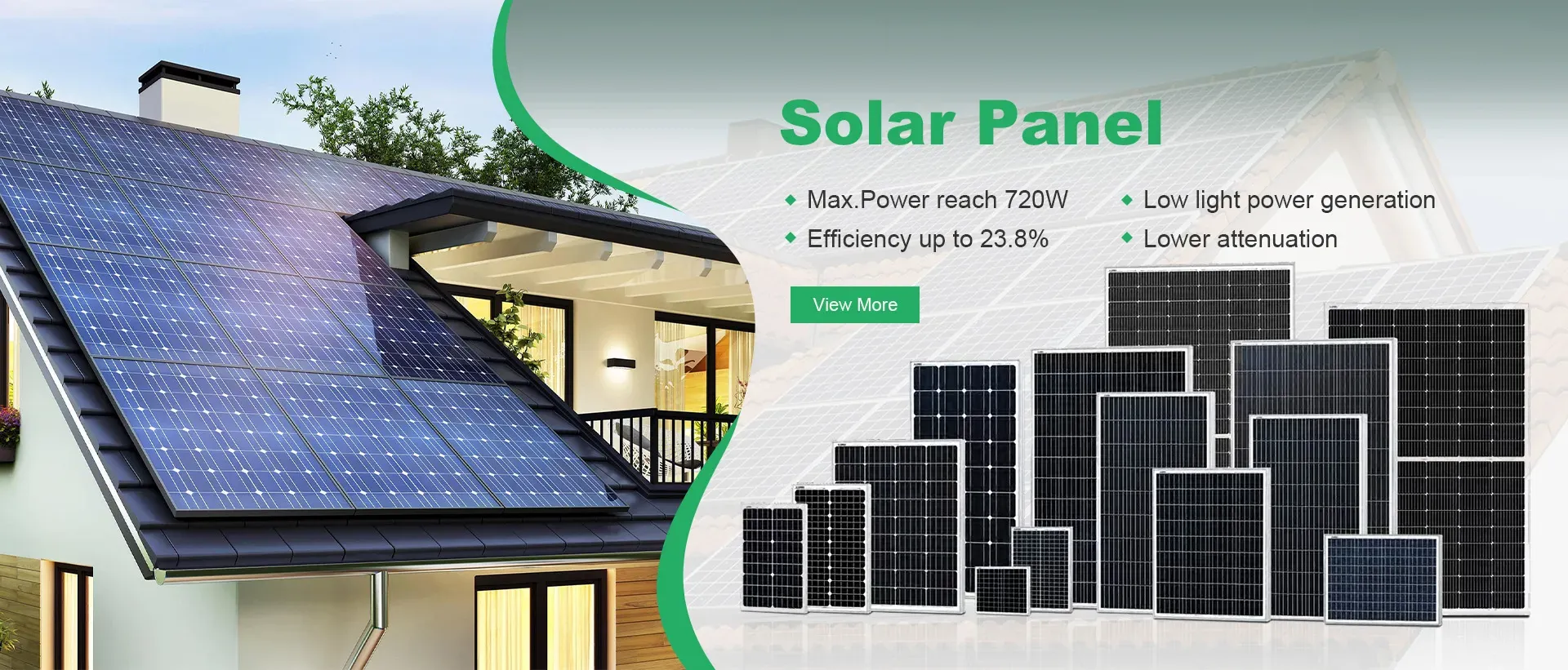Exploring the Benefits and Features of a 3kW Off-Grid Solar Inverter for Sustainable Energy
Understanding Off-grid Solar Inverters A Guide to 3 kW Systems
In recent years, the global push towards renewable energy has brought significant attention to off-grid solar systems. Among the critical components of these systems is the off-grid solar inverter, especially the 3 kW models. This article explores the importance, functionality, and benefits of off-grid solar inverters for residential and commercial applications.
What is an Off-grid Solar Inverter?
An off-grid solar inverter is a device that converts the direct current (DC) produced by solar panels into alternating current (AC), which is commonly used in homes and businesses. Unlike grid-tied systems, off-grid solar setups are not connected to the utility grid, making them ideal for remote locations, cabins, or places where traditional energy access is limited. A 3 kW inverter is capable of handling moderate energy requirements, making it suitable for small households or businesses.
How Does a 3 kW Off-grid Solar Inverter Work?
The operation of a 3 kW off-grid solar inverter begins with solar panels capturing sunlight and converting it to DC electricity. This electricity is then directed to the inverter, which transforms it into AC electricity. This AC power can be utilized to run household appliances, lighting, and other devices.
The inverter also plays a critical role in managing the energy supply. In an off-grid system, energy storage is essential, so solar batteries are often incorporated to store excess energy generated during sunny days. The inverter regulates the flow of energy between the solar panels, batteries, and electrical loads, ensuring appliances operate smoothly even when solar energy production is low.
Furthermore, modern inverters are equipped with advanced features, such as maximum power point tracking (MPPT), which optimizes the power output from the solar panels, maximizing efficiency. They also often include safety features to protect the system from overloads, short circuits, and other potential issues.
off grid solar inverter 3kw

Benefits of Using a 3 kW Off-grid Solar Inverter
1. Energy Independence One of the primary advantages of off-grid systems is the independence from utility providers. Users can generate and manage their own energy, making them less vulnerable to power outages or spikes in electricity prices.
2. Environmental Impact By utilizing solar energy, off-grid systems significantly reduce carbon footprints. This transition to renewable energy supports efforts to combat climate change and promotes sustainable living.
3. Cost Savings Although the initial investment in solar panels, batteries, and inverters can be substantial, the long-term savings on electricity bills can be significant. Additionally, many regions offer incentives and rebates for adopting solar technology, which can offset upfront costs.
4. Versatility A 3 kW inverter is versatile and can support a variety of applications. Whether it's a small home, a remote cabin, or even mobile setups like RVs, this size offers flexibility to meet diverse energy needs.
5. Low Maintenance Once installed, off-grid solar systems, including the inverter, require minimal maintenance. With no moving parts, solar inverters typically operate efficiently for many years, though regular checks and monitoring are advisable.
Conclusion
The 3 kW off-grid solar inverter stands as an integral component of sustainable energy systems for those seeking independence from conventional energy sources. Its ability to convert solar energy into usable electricity, combined with its efficiency and reduced environmental impact, makes it an attractive option for both residential and commercial users. As technology continues to advance, the future of off-grid solar solutions looks promising, paving the way for increased energy autonomy and a greener planet. Whether you’re an eco-conscious homeowner or a business owner looking to reduce operating costs, investing in a 3 kW off-grid solar inverter could be a step towards a more sustainable and independent energy future.
-
Unlocking Energy Freedom with the Off Grid Solar InverterNewsJun.06,2025
-
Unlock More Solar Power with a High-Efficiency Bifacial Solar PanelNewsJun.06,2025
-
Power Your Future with High-Efficiency Monocrystalline Solar PanelsNewsJun.06,2025
-
Next-Gen Solar Power Starts with Micro Solar InvertersNewsJun.06,2025
-
Harnessing Peak Efficiency with the On Grid Solar InverterNewsJun.06,2025
-
Discover Unmatched Efficiency with the Latest String Solar InverterNewsJun.06,2025







